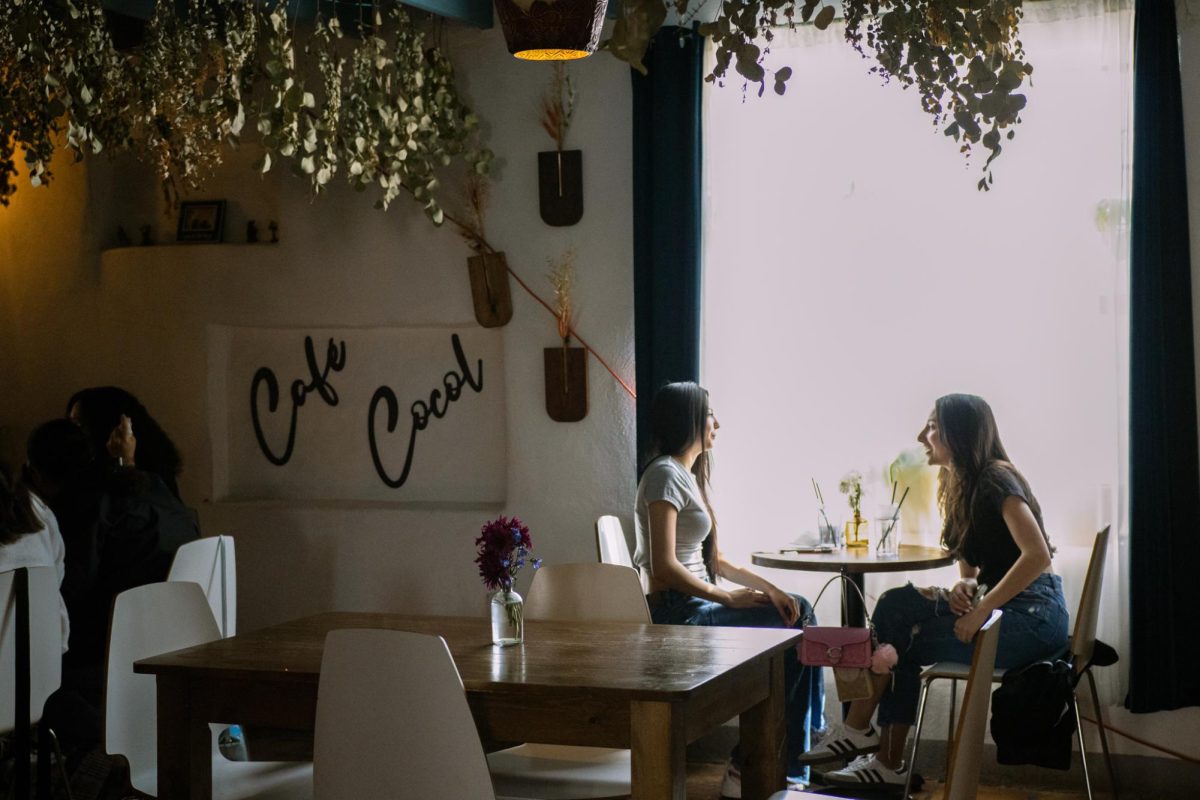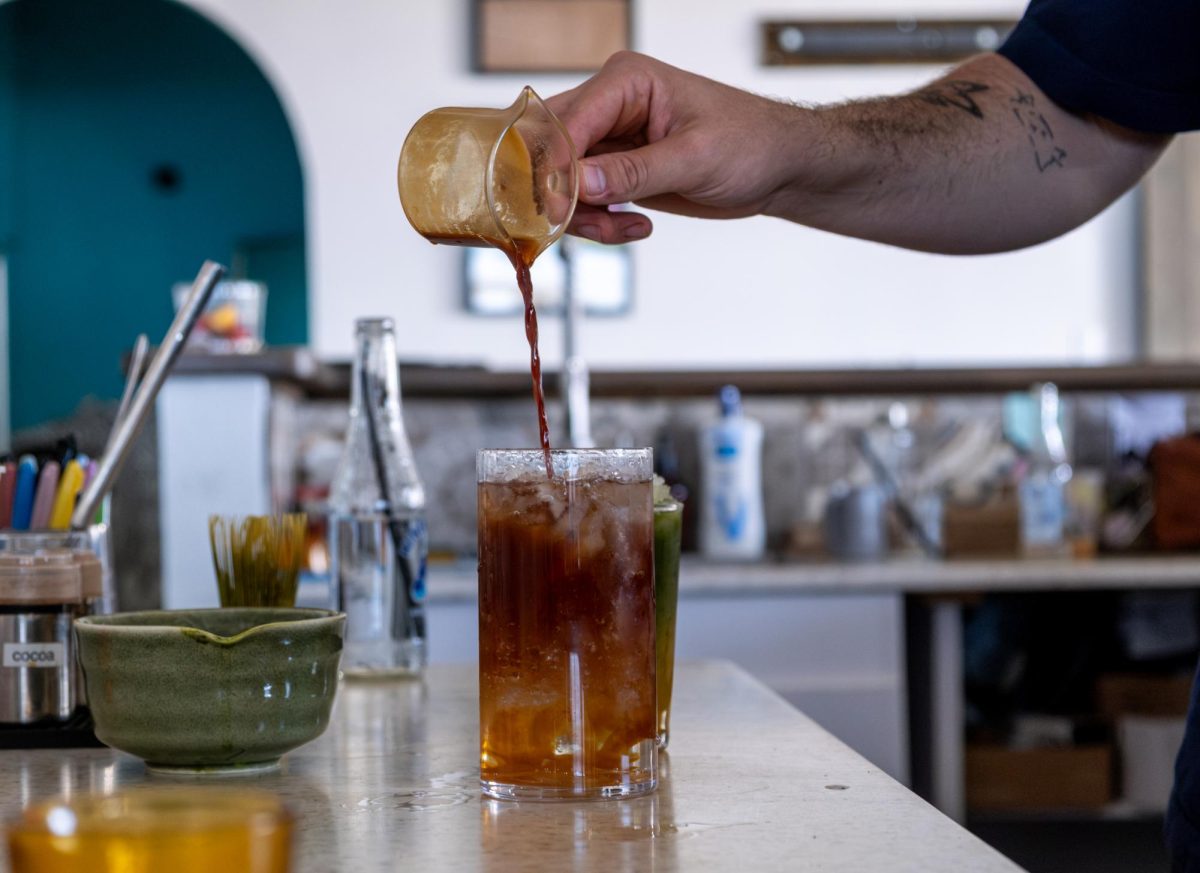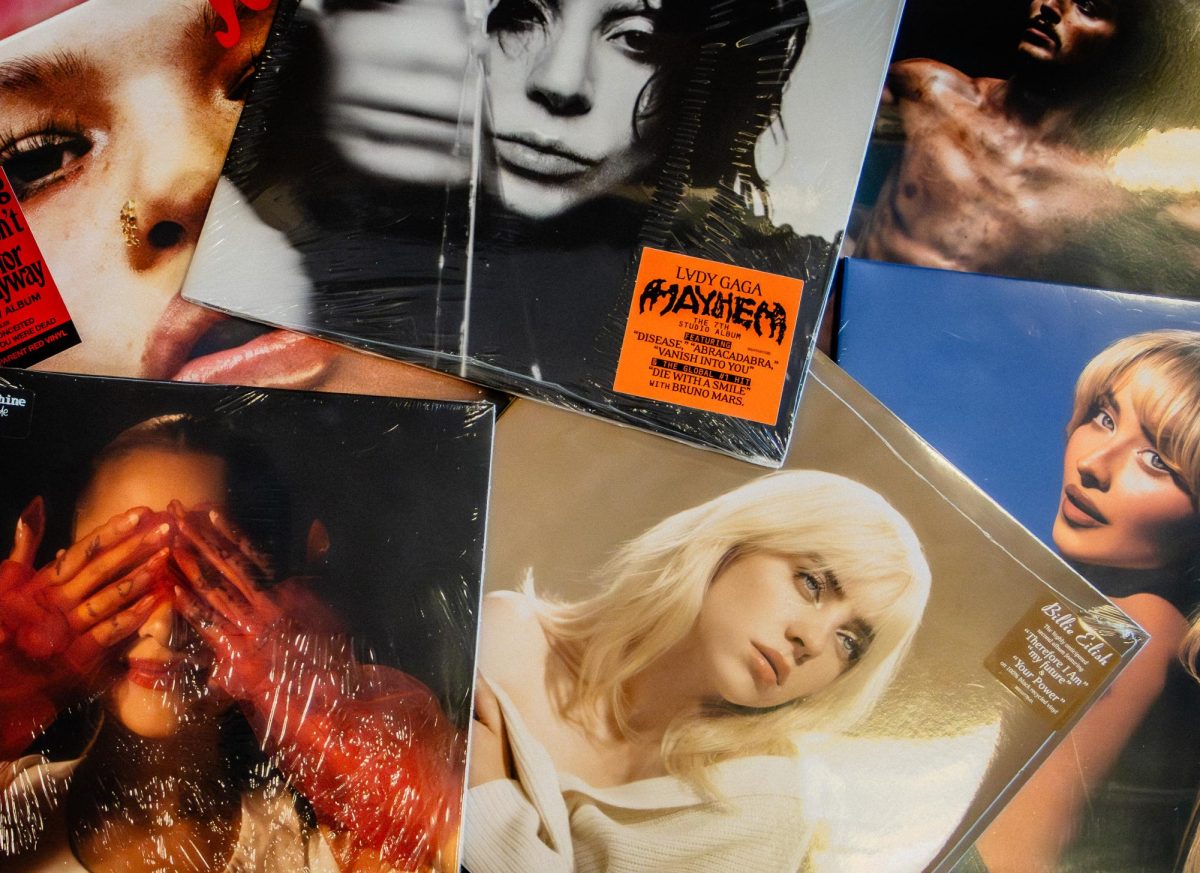There are hidden tales and meaningful stories behind every building on campus. Despite the constant revamping that UTEP has undergone throughout the years, stories remain a vital part of the university’s essence and history. The following are some fun facts that you might not have known about UTEP.
-
Quinn hall and the gator
Although a specific day is set aside every year for practical jokers, this didn’t stop a group of college students from performing a prank during the holiday season. In 1952, a group of seven students planned out the robbery of Oscar, an alligator from San Jacinto Plaza, located downtown, with the goal of pulling a prank on one of their professors.
Avoiding onlookers during the night, two students pulled the 400-pound alligator from the pond where it was sleeping and roped its jaw closed. The alligator was then driven to what is now known as Quinn Hall, adjacent to the Fox Fine Arts Center. One of the students climbed the wall, crawled in through the window and unlocked the office door of geology professor Howard Quinn and left the gator lying on the floor.
It is said that students picked a random office and were not out for revenge, but rather wanted to showcase the “spirit of love and comradeship,” according to Samuel Vandiver, one of the pranksters. Gator Camp—a freshman orientation camp—originated from this prank that was pulled off 62 years ago.
-
Dormitories and deterrence
The Peter and Margaret de Wetter Center, also known as the Alumni Lodge, located between the Administration Building and Leech Grove, was the original two-story dormitory for the Zeta Tau Alpha sorority from 1939-1943. When walking through the alley behind the building, deep blue broken glass can be seen on the exterior rock walls of the outdoor patio. The reason for this glass was to keep male students from jumping over the fence and sneaking inside the women’s dormitories. Other sources share that it was also to keep the women from sneaking out at night.
-
Why you smell chlorine at the UGLC
Some students swear they smell chlorine at the Undergraduate Learning Center and this might be because a swimming pool was constructed for students in the same spot during the early ‘40s.
The pool was located south of the Centennial Museum and was used for swimming and diving meets during the academic school year. Students were also allowed to use it if a 25-cent fee was paid, which contributed to the expense of the pool’s upkeep.
Pranks were popular during the ‘50s. In 1956, a live alligator was placed at the bottom of the pool during an annual bathing suit beauty pageant hosted by the Alpha Phi Omega engineering fraternity. The swimming pool was torn down in the mid ‘90s and the UGLC was constructed.
-
Horses, stables rodeos and the miner wild west
In 1945, it was ordinary to see horses escorting students to class. A pueblo-style riding stable was opened just north of Kidd Field on Sept. 29, 1945, and was open to the public and students. The stables included living quarters, a ranch-style clubhouse that featured a snack bar, beamed ceilings and cement floors. Students were able to ride one of the 30 horses and use western or English saddles for an hour or pay a $10 fee for a 12-hour ticket. The stables were torn down in 1958 to build the Military Science Building.
-
University ballroom
In 1948, the University Ballroom was a social center where dances were held for students. It existed where audiences now gather to watch musicals and enjoy a good meal at the UTEP Dinner Theater. The Student Union Building has been remodeled several times throughout the years. As years passed and the Union’s west wing continued to be built, the ballroom was used for dinners, dances and school luncheons during the ‘70s. In 1983, it was transformed into the UDT.
-
UT carvings
UT carvings can be seen in the roof-line of the rear of the Geological Sciences Building, where the original Administration Building and library were built in 1938. These carvings read UT and represent the school becoming the first academic branch of the University of Texas System in 1934. The state of Texas, along with the Federal Works Progress Administration, paid for the carvings.
-
The stairway to nowhere
Have you ever wondered why a staircase was built on the outside of Vowell Hall, the building adjacent to the Education Building? The rear staircase was added in the ‘30s, when the top floor of the building, then known as Kelly Hall, was converted into the library. Professors filed complaints about the ongoing noise created by students who traveled up and down the interior stairwell to the library. The complaints led to the addition of the exterior stairs and a separate entrance. The third floor remained the library until 1937, when the Administration Building and the library was opened at what is now the Geological Sciences Building.
-
Pancho Villa’s lost treasure
Legend has it that while the Texas School of Mines and Metallurgy was being rebuilt in 1917, construction took place over Pancho Villa’s cache of gold that was provided to him by the German government. During this time, Villa was being pursued by General John Pershing in Mexico, so he never had the opportunity to retrieve the gold that was buried long before the university was built.
-
Why Bhutanese architecture at UTEP
After a fire destroyed the school in 1916, Dean Steven Worrell chose the school’s current location as its new home. Worrell’s wife, Kathleen, suggested the school’s unique style of architecture after having read an article in National Geographic Magazine on Bhutan called “Castles in the Air.” The school’s buildings now resemble Bhutanese monasteries, with gently sloping walls, inset windows and mosaic tiles in the shape of mandalas.
-
The curtain rises
The first UTEP theater production took place outdoors next to Old Main in 1919. A melodrama, written and directed by the school’s registrar, Ruth Monro Augur, was performed by students and was called “A Miner’s Romance: A Tale of the Border.” Augur was a professionally trained artist, who studied under the eminent landscape painter William Chase, and was the contributor of the first university seal. She left the university in 1929 and continued painting and directing. She also produced a national tour of a marionette show and became an illustrator of books. Her cottage home is located a block from the Hoover House in Kern Place and became the site of social activities for students and faculty.
-
Holliday Hall and its fresco murals
Construction for this building began in 1932 because of the need for a gymnasium and basketball court. The construction was paid for by El Paso County and was designed in the Bhutanese architectural style. The gym was often used to house student dances, graduation ceremonies, registration and various student events. Holliday Hall was the home of the Miner basketball teams up until Memorial Gym opened in 1961. It was then renovated to facilitate the track and field and gymnastic programs. During the height of the Great Depression, the Works Project Administration commissioned Emilio Garcia to paint two murals on the walls of the building. Each mural was 14 feet by 120 feet and in the style of Diego Rivera. The murals represented mining and metallurgy. During the 1960s, renovations to Holliday Hall led to the demolition of the fresco murals and no remnants of the works remain.
-
The cost of mining the way
The Texas State School of Mines and Metallurgy opened its doors in 1914 and students paid a one-time registration fee of $30 with laboratory fees ranging from $1.50-$25 per course. Twenty-seven students were enrolled on the first day of classes, compared to the 23,000 students enrolled in 2013. New students were once required to wear freshmen beanies during their first semester of study.
-
Mascots and nicknames
The first school nicknames that were considered when the school opened were Ore Diggers and Muckers. The first reference to the nickname Miners is found in the February 1919 (volume 1, number 1) issue of The Prospector.
Long before Paydirt Pete originated, the first mascot was a student dressed as a prospector leading a burro named Clyde. In 1966, another burro named Henry replaced Clyde because then President Joseph Malchus Ray became disenchanted with the animal’s appearance. In 1974, the name of Paydirt Pete originated from a student contest.
Andrea E. Acosta may be reached at [email protected].




